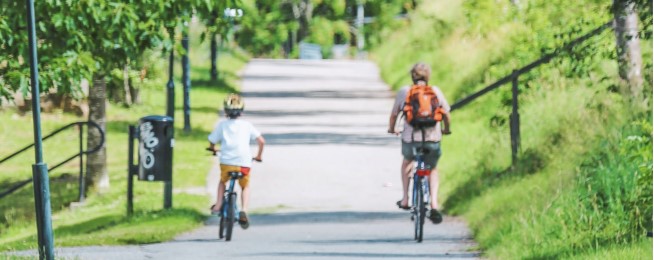Researchers have found that people who regularly use their leisure time for physical activity, such as bike riding, spend considerably less on health care later in life.
For most people, later in life is when you have more time to enjoy life, and so that extra money can come in handy.
The savings are not to be sneezed at.
“We found that adults who maintained or increased their physical activity from adolescence throughout adulthood had lower average annual healthcare costs than adults who were consistently inactive over time – between A$1,100 and A$2,505,” co-author of the study Diarmuid Coughlan said.
"This is around 10% to 22% lower than those who were less active or inactive.”
Wow! A few years and you can get yourself a dream bike. And afford to do some bike touring that was on your bucket list.
The group of international researchers examined Medicare claims in the United States and used surveys to collect information on moderate to vigorous exercise levels on the subjects at various stages of their life.
They found that there were four main categories of physical activity: maintainers (36% of the group who maintained moderate to high activity throughout adulthood), decreasers (30.5% of the group who were active in early adulthood but became less active as they aged), and increasers (14.5% of the group who weren’t active in early adulthood but became more active throughout their lives).
Around 18.5% of the group were consistently inactive throughout their lifetime.
“Adults who were active earlier in life but less active in middle-age (decreasers), did not benefit from lower healthcare costs after age 65, despite being active earlier in life,” Dr Coughlan said. "In fact, their Medicare costs were akin to those who had been consistently inactive all their life.”
"Given that one in four adults worldwide don’t get enough exercise, large-scale efforts to improve physical activity—especially among adolescents and young adults—could help reduce healthcare costs and improve health later in life.
"Strategies such as working with people one on one, in small groups, or on a community level, to change their physical activity levels are all proven to work.
"Our study suggests the national healthcare cost burden could be reduced through health promotion efforts that provide access and opportunities for participation in physical activity throughout adulthood."
Become our friend
Find out more about Bicycle Network and support us in making it easier for people to ride bikes.


